The Classic Affair
aka Classik Affair
Formed in Whāngarei on 12 November 1968, Classic Affair was originally called Classik Affair. The story goes that they were put together by a local top-dressing pilot with some spare loot. This was a stroke of luck as he reputedly bought the instruments and auditioned for players to be in “his” band, working for a wage and therefore free of the usual money problems bands faced when setting up a group. For all of them except Reggie Ruka, this was their first band.
Reg Ruka was already a seasoned performer, having worked as a soloist in Sydney and New Caledonia. Ruka and Ian Wilson (the band’s “owner”) plotted the future of the band and decided they would play pure commercial pop. After a successful audition gig at the Monaco, featuring in one of its popular Sunday Showcases in late 1968, the band decided to move to Auckland permanently. But Pat Pukeroa had commitments in Whāngarei and was replaced by Keith Murch.
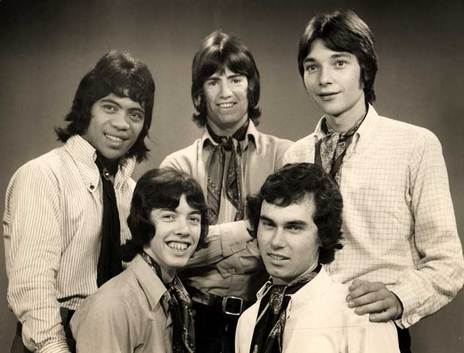
Whangarei's The Classic Affair: Reggie Ruka, Peter Timperley, Peter Topp, Keith Murch and Billy Williams. Billy would go on to feature in many bands in the 1970s including Space Farm, BLERTA and the Australasian Band Of Light. Reggie Ruka was in Mississippi in Australia, who were later renamed The Little River Band.
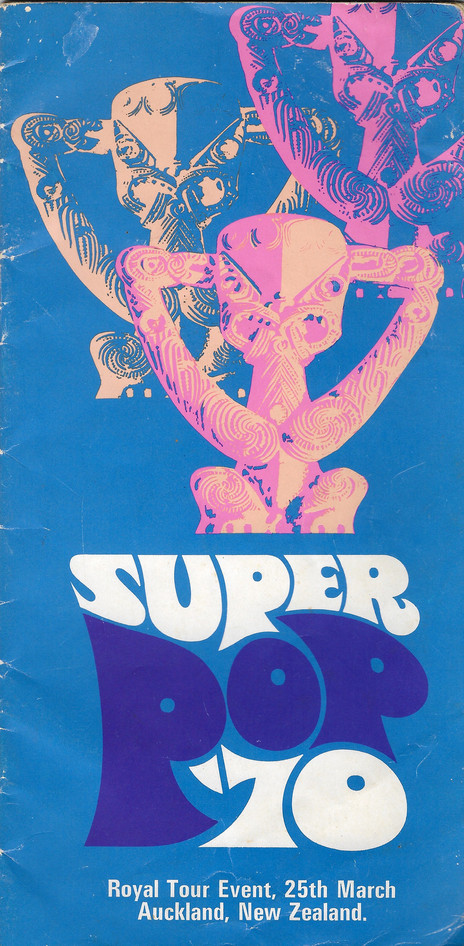
Super Pop '70 was a showcase of local performers including The Chicks, Bunny Walters, Corben Simpson, Classic Affair (with Reg Ruka), The Chapta and Larry Morris, held at Western Springs, Auckland during a visit from the royal family. Prince Charles and Princess Anne attended and met the performers. The band leader was Tuhi Timoti.
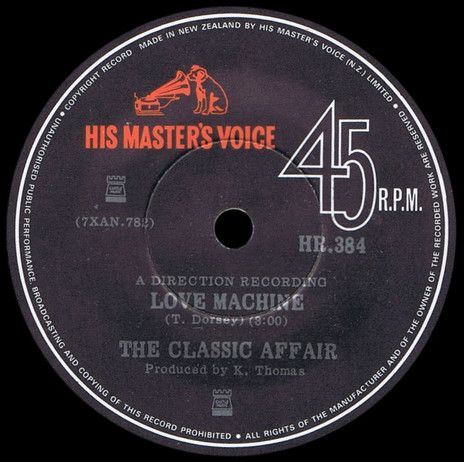
Classic Affair - Love Machine (HMV, 1970)
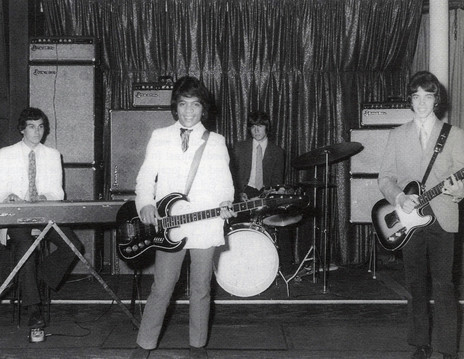
Classic Affair, L-R: Keith Murch (keyboards), Reg Ruka (vocals, bass), Peter Topp (drums), Peter Timperley (guitar). Ruka is playing his "big, bulky, Burns Bison bass".
Photo credit:
Roger Watkins Collection
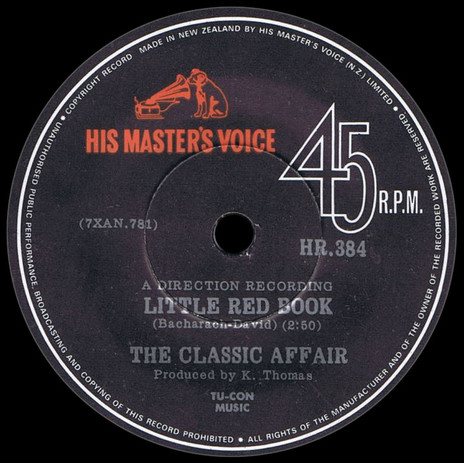
Classic Affair - Little Red Book (HMV, 1970)
Discography
Members:
Pat Pukeroa - keyboards
Peter Timperley - guitar
Keith Murch - keyboards
Peter Topp - drums
Bob Patient - keyboards
Labels:
HMV